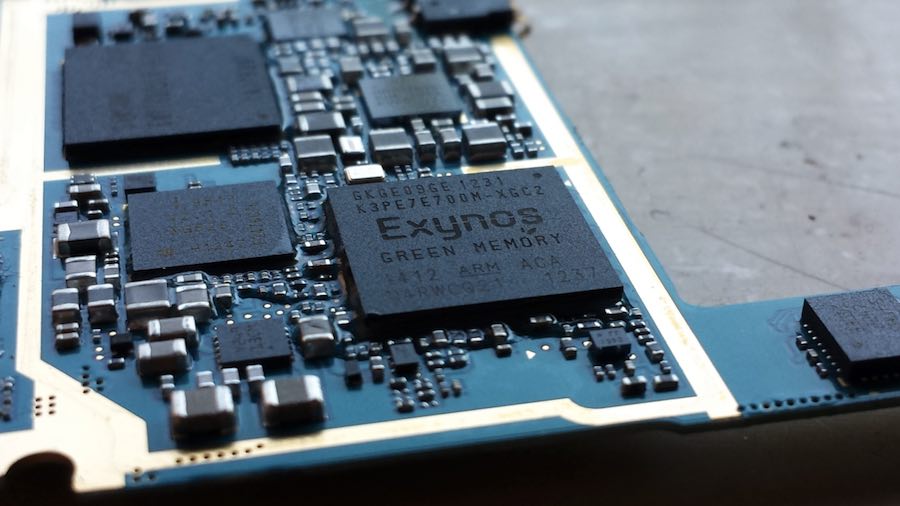ARM As A Desktop Computing Platform — Is It Feasible? What Are Pros And Cons?

Many people are unaware, but ARM has been around for a long time, though, it’s been in a few different forms. Originally founded in 1990, Advanced RISC (Reduced Instruction Set Computer) Machines was a joint venture between Acorn Computers and Apple. While Acorn eventually disappeared, ARM has grown strong and steady, despite not actually producing any physical products. ARM only designs intellectual property for others to license. That’s why Qualcomm, Samsung, Nvidia, AllWinner, MediaTek, and many others produce ARM CPUs. ARM doesn’t limit themselves to just CPUs, though, they also have patents for microcontrollers, GPUs, and a variety of other consumer electronics stables. If ARM doesn’t actually make CPUs, how on earth could they pose a threat to Intel?
Also Read: Rise of ARM: First Windows 10 PC Running Snapdragon 835 Chip Demonstrated By Microsoft And Qualcomm
Currently (though, possibly soon to change), Microsoft only offers versions of Windows for Intel’s x86 and x86-64 architectures (and previously Intel’s Itanium architecture with Windows Server). Windows CE and RT are excluded due to not being fully-featured in contrast to Windows Home Premium or Professional (or even Home Starter, for that matter). Intel has hedged a safe bet on Microsoft’s near-exclusive adherence to their architectures given that the viability of Windows on any other CPU platform is proportional to the application support, and in comparison, everything will look tiny next to Intel’s application support. But what if Windows could, all of a sudden, run on another architecture along with the current application ecosystem? The architectural monopoly of the desktop and laptop computer markets, which is primarily owned or licensed by Intel, could collapse.
So, if we take a step back and look at a slightly broader view of things, we see AMD pushing hard with their new Ryzen platform, which Intel is failing to compete with, and now we have two more industry giants flanking the very foundation of Intel’s unchallenged success.
Intel has been a trusted mainstay in computing for decades that’s delivered both quality and high-performance computing products. However, the last few years of products coming out of Intel have been on the stale side, and I think that it’s about time a fire needs to be lit under Intel’s throne.
The only reason that no other CPU architecture has entered the desktop market-space is because two operating systems account for 95%+ of the desktop market and both are exclusive to Intel’s CPU architectures. This means that any other CPU would have to rely on the less than 5% market share of users that use something other than macOS or Windows. It’s very difficult to justify taking a product to market when your target audience is less than less-than-5%, so it’s not a mystery why we’ve yet to see any effort since the ’90’s. That’s why it’s invaluable that Microsoft backs the efforts to see another CPU architecture share the desktop market, or at least laptops and ultra-portables.
But how will this affect the end-users? What are the pros and cons of a consumer hardware market paradigm that consists of more than one CPU architecture?
We’ll start with the pros.
First and foremost, it will create more competition which always leads to better prices and better products for the consumers. That competition will also drive innovation. We can see this in the mobile markets already. Most people’s smartphones have just as many, if not more, cores than their laptop or desktop computers. Given that ARM licenses out their intellectual property, this means that other manufacturers can buy into the CPU market with much less overhead, it’s no longer required to build a CPU from the ground up. This, combined with Windows being able to run on ARM, would mean that many smaller manufacturers could produce original hardware with Windows support. And last, but certainly not least, the introduction of a new CPU architecture into the desktop and laptop markets at large scale would provide more choice to consumers.
In my opinion, there are fewer cons, but they are equally as concerning. The most obvious one is the resulting complexity of maintaining support for slightly differing CPUs, say Samsung’s Exynos line vs. Qualcomm’s SnapDragon. Not to mention the driver issues. We have a hard enough time squeezing Nvidia and AMD for Linux drivers. Imagine if they needed to write another set of drivers Windows, they might drop Linux support altogether. Similarly, for other hardware vendors, they might decide to stick with one operating system or platform exclusively and then it’s necessary to keep track of which vendors play nice with which operating system and CPU platform combinations. In addition to the hardware woes, developers might have to choose which platform they want to support (this is what Microsoft and Qualcomm are trying to fix) because the software dependencies and/or hardware acceleration on either hardware platform might have complex differences that are difficult to overcome. And lastly, the resulting confusion for the consumers when looking at the hairy ball of what works with who and who doesn’t work with what.
While I personally don’t really care about Windows being able to run on non-Intel architectures, I do care about the invaluable benefits that could come of it. If you would like Windows on ARM or would simply like to see ARM enter the desktop or laptop markets, make some noise online. Microsoft is possibly the only company that can make this happen, so let it be heard. Write your own posts on social media, blogs, comment below or share this article. Microsoft and Qualcomm have already started, so if we show them that this is something that we really want, they hopefully won’t back down from Intel.
Don’t forget to share your views and feedback with us.
Also Read: ARM Plans 50x AI Performance Boost In 5 Years With DynamIQ Processors






